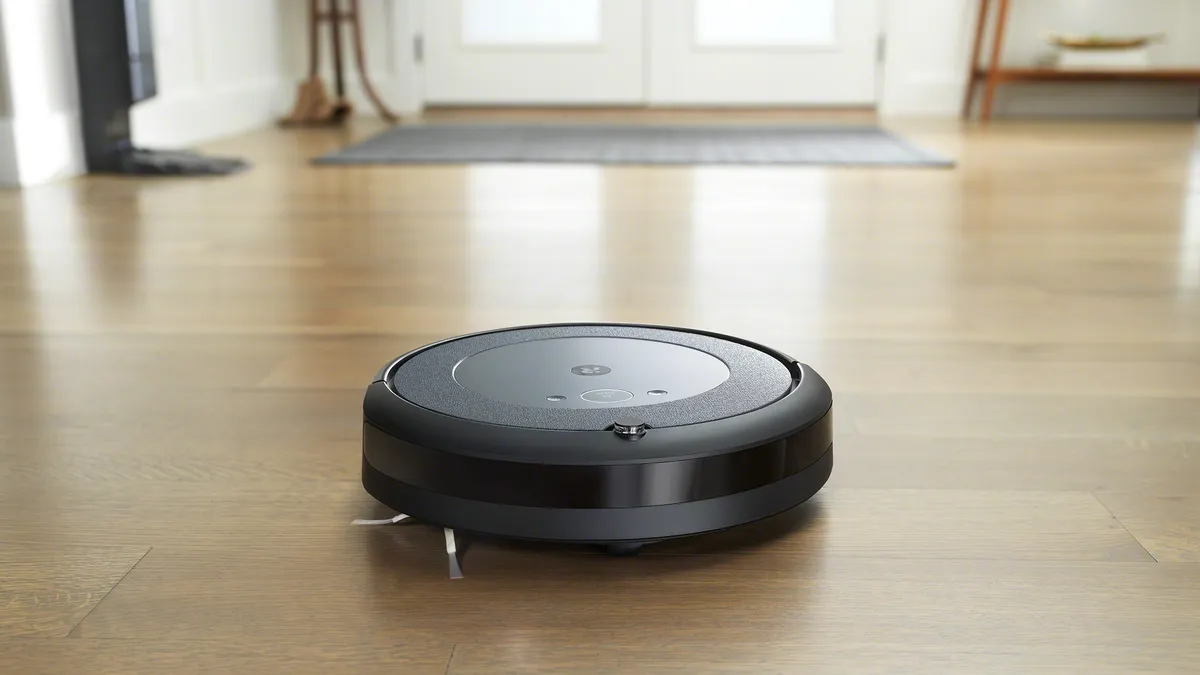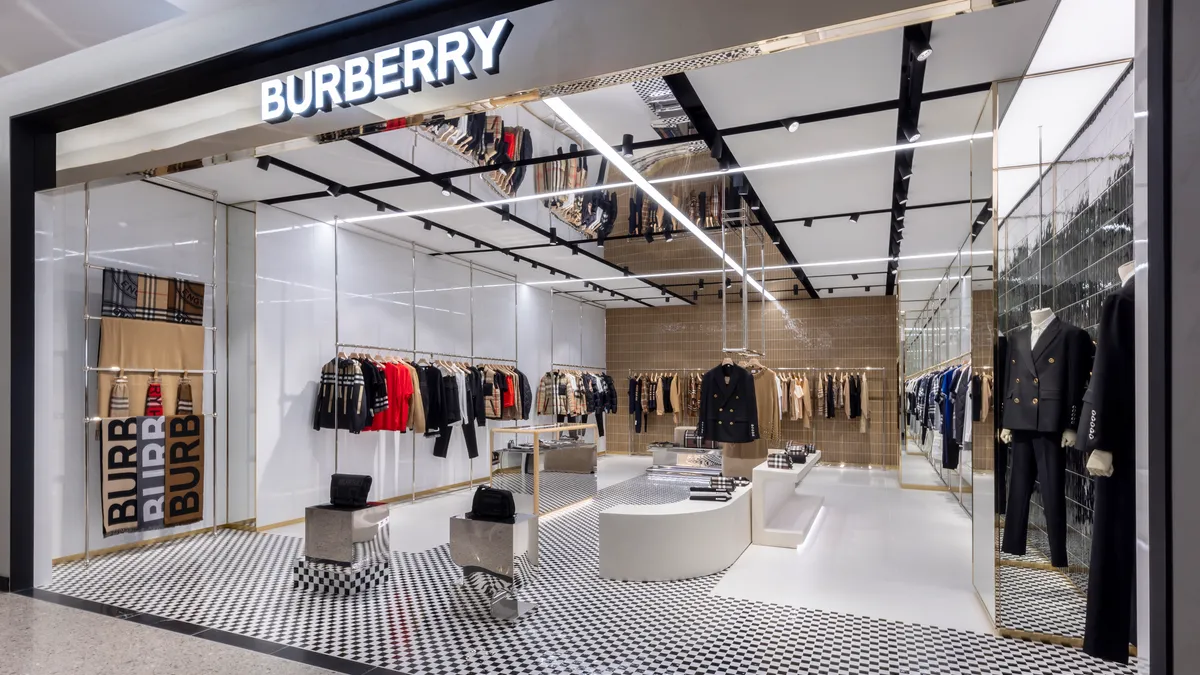People are often leery of things they don’t understand—especially when it comes to learning brand-new ways to do something they do dozens of times a day. And nowhere is this more true than in payments, which are undergoing radical changes with the transition to EMV cards and mobile payments.
Either can present a sticking point in completing a transaction. Much like online shopping took time to catch on, chip-and-PIN cards and mobile wallets will take time to win over consumers mistrustful about how the new systems will handle their hard-earned cash.
EMV adoption looming
EMV cards and systems typically face a steep learning curve wherever they are introduced, Laurence Cooke, CEO of NanoPay, a Toronto-based company specializing in reducing payment friction, told Retail Dive. Most consumers aren’t aware of the looming shift, much less the reasoning behind it.
“EMV has caused a lot of concern and confusion for both retailers and for consumers,” Cooke said. “In the beginning, it is much slower [to use], so there are more disadvantages than advantages in the short term. In the long run, it does make things more secure.”
Instead of the simple swipe-and-sign to which they’ve grown accustomed over the last 20 years, American shoppers will soon have to insert their cards in a terminal and enter a PIN number. A tipping point for EMV will follow the Oct. 1 mandate, however, where retailers will be forced to carry EMV- compatible technology or be at risk of fronting fines and damages if a hack occurs. When people begin to use chip-and-PIN terminals more frequently, they will learn quickly.
In Europe, it took about a year-and-half for people to get used to the systems, Cooke noted, and three years for it to be second-nature.
Mobile’s moment is approaching
Mobile payment options face added scrutiny from consumers, however. “I think most consumers worry that the payment mechanism is not safe, and that it’s on their phone,” Cooke said. “They assume that it’s more dangerous. But the truth is, it’s way safer doing payments on the phone than on any credit card or using cash.”
When mobile payments do win widespread acceptance, he said, it will happen fast. “I think the tipping point for mobile payments will happen really, really quickly,” Cooke said. “The uptake rate of everything mobile is significantly faster” than previous technologies.
Apple Pay has helped educate consumers and encourage more of them to try a mobile wallet, he noted, while industry “disruptors” such as AirBnB and Uber have made mobile payments almost invisible. “The payment experience is no payment experience at all,” Cooke said.
“A lot of people do mobile payments without being aware of it today, and it will become more commonplace,” Cooke said. “The first thing is, everyone is very accustomed to doing everything on their mobile phone.”
Accessing consumer intelligence
Retailers will want to do more than educate consumers in the hows and whys of mobile payments, however; they will want to use them to better engage customers. “I don’t think it’s about education. I think it’s also about engagement,” Cooke said.
While EMV systems offer little to the retailer beyond the opportunity to head off fraud, mobile payments can help brick-and-mortar stores gain valuable intelligence about shoppers.
“Retailers know very little about their customers,” Cooke said. “The reason they know nothing is because half of the customers come in and pay with cash, so they have no record of those transactions.
“Online companies know everything about their customers. The reason Amazon beats Wal-Mart is not because they have a better supply chain [and] not because they can offer better prices, but just because they know their customers better.”
With mobile payments, physical stores can become a stronger link in the big-data chain and meet customer demands by serving up relevant offers in real time, Cooke said.
“‘Real time’ does not mean when they walk past the store. It’s when they are in your store, and you make sure they are buying the right things and are paying the right prices.”
A return to service
Fifty years ago, a store relied on personalized customer service: “You walked into a store and someone greeted you because they knew you,” Cooke said. But today’s self-service shopping environments often feature registers only to prevent theft.
Mobile payments will help bring the “service” back to customer service representatives. “If we can take the cash out of the system, we can fundamentally change the consumer experience,” he said. “We can change all the retail people’s jobs from security agents to helpful people who actually contribute to the process.”
Furthermore, payments will be faster, easier and cheaper, he added. “Future payment methods are going to be quicker, and the transaction cost is going to be much lower. And if we can lower transaction cost in retail, we can change [its] economics.”
Grocery stores typically have margins of under 2%, for example, and transaction costs hover around 5%. “If we can halve the cost of transactions, we can double the profit,” he said. “Retail in the United States is 23% of GDP, so if we can change that, we can fundamentally change the economy.
“I think we are about to have a fundamental change in retail that will make it a better experience.”





















